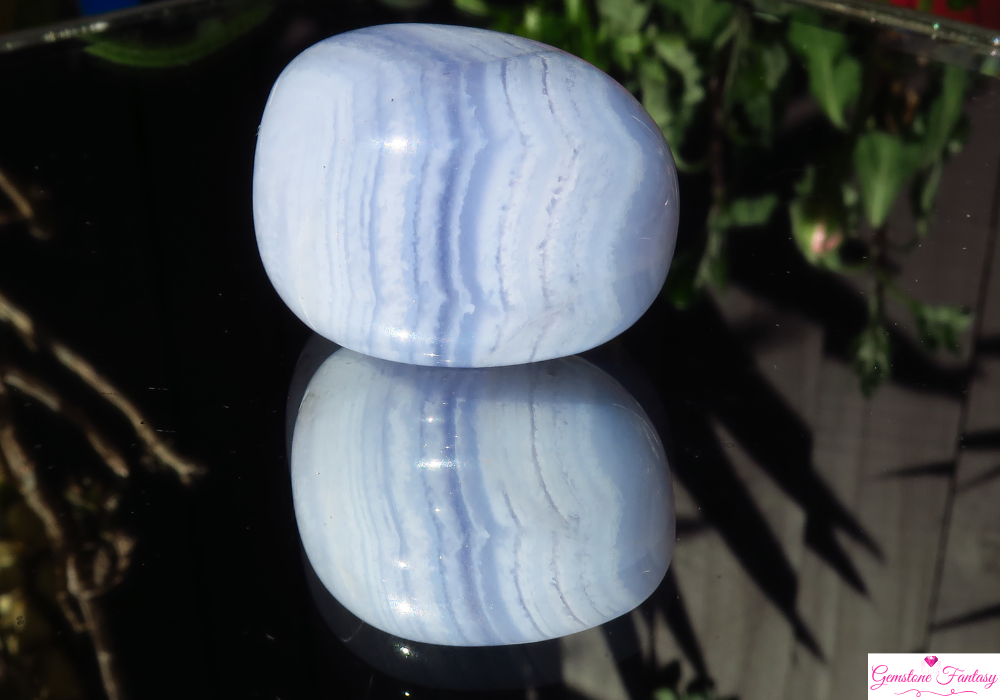Pink diamonds are among the most coveted gemstones in the world, known for their stunning color, rarity, and exceptional brilliance. Unlike typical diamonds, their captivating pink hue makes them a symbol of luxury and elegance. Due to their limited availability and high demand, pink diamonds have become a hallmark of exclusivity in the jewelry market.
Geological Formation
The formation of pink diamonds is a fascinating geological process.
- Composition: Pink diamonds are composed of carbon atoms arranged in a crystal structure like traditional diamonds. Their distinctive color arises from the presence of structural defects or distortions within the crystal lattice.
- Formation Process: These diamonds form deep within the Earth’s mantle under extreme heat and pressure. It is believed that their unique color results from a combination of intense pressure and the rearrangement of carbon atoms during their formation.
- Locations: Major sources of pink diamonds include the Argyle Mine in Australia, which was once the largest producer, and other locations in Brazil, Russia, and Africa.
Varieties and Classifications
Pink diamonds can be categorized based on color intensity, origin, and other characteristics.
- Color Intensity: Pink diamonds are graded on a color scale that ranges from faint pink to intense pink. The most sought-after stones are those with a deep, vivid pink hue.
- Fancy Color Grading: The Gemological Institute of America (GIA) classifies pink diamonds as “fancy color” diamonds. This classification is based on hue, tone, and saturation, with the most vibrant stones being highly valued.
- Origin: Pink diamonds from the Argyle Mine are particularly renowned and are often considered the most valuable due to their unique shades and historical significance.
Cultural Significance and Folklore
Pink diamonds hold significant cultural and symbolic meanings.
- Historical Use: Throughout history, pink diamonds have been associated with royalty and the elite. They have adorned crowns, jewelry, and treasures, symbolizing wealth and power.
- Symbolism: Pink diamonds are often associated with love, romance, and compassion. They are believed to enhance emotional connections and symbolize harmony in relationships.
- Folklore: Many cultures attribute protective qualities to diamonds, with pink diamonds often thought to bring good fortune and positivity.
Birthstone and Zodiac Connections
Pink diamonds are not traditional birthstones but can be associated with certain zodiac signs and occasions.
- Zodiac Sign: Pink diamonds are commonly associated with individuals born under the sign of Libra (September 23 – October 22) due to their connection with love and harmony.
- Anniversary Gem: They are also regarded as a symbol of 60th wedding anniversaries, representing enduring love and commitment.
Healing and Metaphysical Properties
Many enthusiasts believe that pink diamonds possess unique healing and metaphysical properties.
- Emotional Healing: Pink diamonds are thought to promote feelings of love, compassion, and understanding, helping to heal emotional wounds and foster emotional balance.
- Spiritual Growth: They are often used in meditation to enhance spiritual awareness and promote self-love, making them a favorite among spiritual practitioners.
- Physical Healing: Some practitioners believe pink diamonds can aid in healing heart-related issues and enhancing overall well-being.
Popular Uses in Jewelry and Design
Pink diamonds are a favorite in the luxury jewelry market due to their stunning appearance and rarity.
- Jewelry: Pink diamonds are often used in high-end jewelry, including engagement rings, necklaces, and earrings. Their unique color makes them a striking alternative to traditional white diamonds.
- Collector’s Items: Due to their rarity, pink diamonds are highly sought after by collectors, often commanding high prices at auctions.
- Fashion Trends: The popularity of pink diamonds has surged in recent years, with many designers incorporating them into contemporary and vintage-style jewelry.
How to Identify Authentic Pink Diamond
Identifying genuine pink diamonds involves several key factors.
- Color and Appearance: Authentic pink diamonds exhibit a vivid pink hue, often with secondary colors that may include purplish or brownish tones. Look for uniformity in color throughout the stone.
- Certification: Always seek a certification from reputable gemological laboratories, such as the GIA, to verify the authenticity and quality of the diamond.
- Light Performance: Genuine pink diamonds exhibit exceptional brilliance and fire when exposed to light. Their unique optical properties can distinguish them from synthetic alternatives.
Tips for Caring and Storing
Proper care and storage are essential to maintain the beauty and value of pink diamonds.
- Cleaning: Clean pink diamonds with warm, soapy water and a soft brush. Avoid harsh chemicals and ultrasonic cleaners, as they can damage the stone.
- Storage: Store pink diamonds separately from other jewelry to prevent scratches. Use a soft pouch or a lined jewelry box to protect them from damage.
- Handling: Handle pink diamonds with care, as their value can be affected by chips or scratches.
Market Trends and Pricing
The market for pink diamonds is influenced by several factors, including rarity, demand, and economic conditions.
- Pricing: Pink diamonds are among the most expensive gemstones, with prices varying significantly based on color intensity, size, and quality. Rare colors and larger sizes can command astronomical prices.
- Market Trends: The demand for pink diamonds has remained high, particularly among collectors and luxury buyers. Auctions often feature record-breaking prices for exceptional stones.
Final Thoughts
Pink diamonds are a breathtaking testament to nature’s beauty and rarity. Their stunning color, rich history, and symbolic meanings make them a cherished choice for both collectors and jewelry enthusiasts. Whether worn as a personal adornment or held as an investment, pink diamonds continue to captivate hearts and minds around the world, embodying elegance, love, and exclusivity.

















